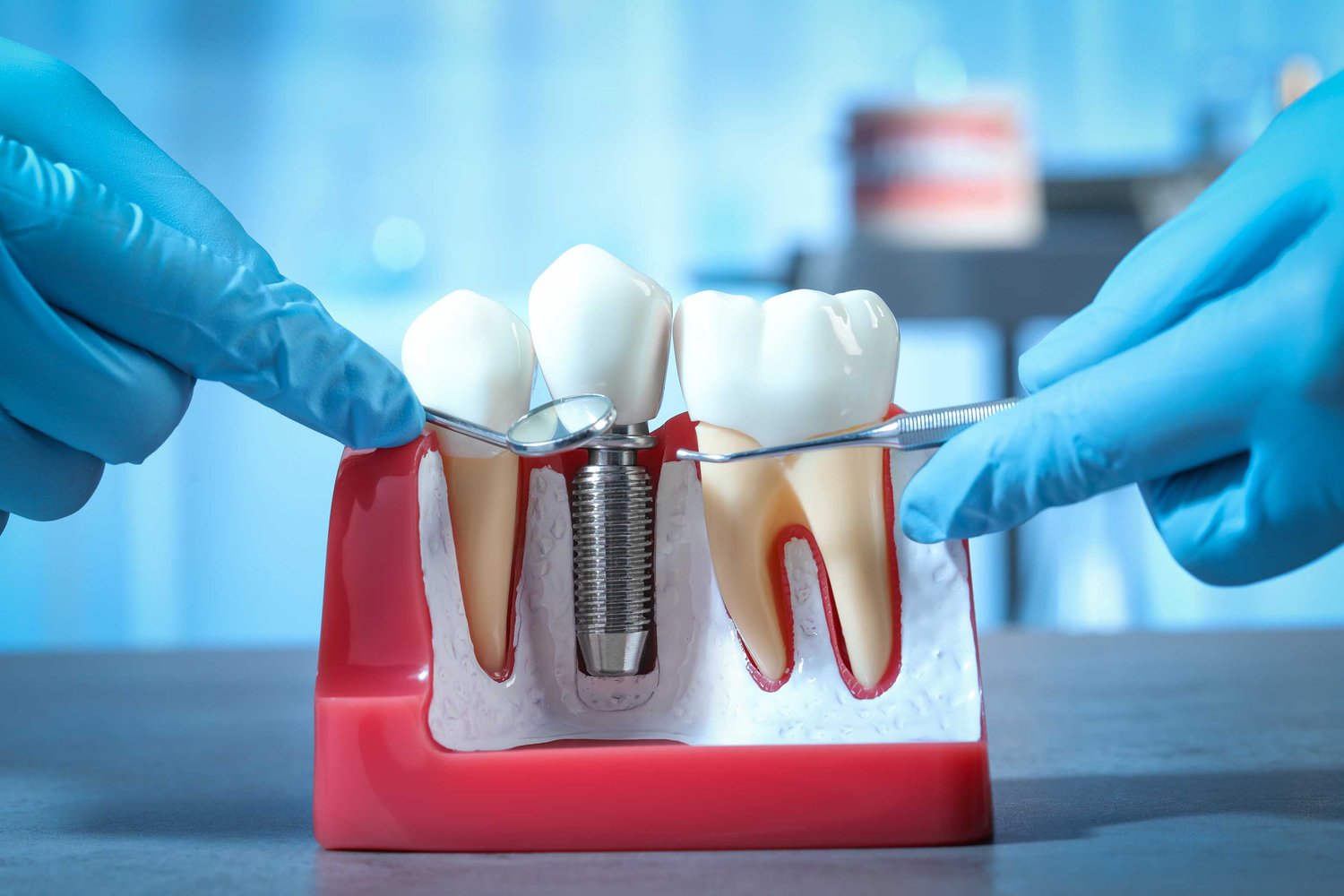If you're missing one or more teeth, dental implants offer a permanent and reliable solution that looks and feels like your natural teeth. With the growing popularity of dental implants in Dubai, many patients are seeking a deeper understanding of the surgical experience. Knowing what to expect can help reduce anxiety, improve recovery, and ensure the best possible outcome. Below is a complete guide to walk you through the stages of your dental implant surgery.
Preparing for the Procedure:
Before your surgery, you’ll undergo a thorough consultation to determine whether you’re a good candidate for implants. Your dentist will evaluate your oral and general health, take X-rays or 3D scans, and develop a customized treatment plan.
Here’s what pre-surgery preparation typically involves:
- A comprehensive dental exam including imaging
- Review of medical history and current medications
- Discussion of anesthesia and sedation options
- Instructions for eating, drinking, and medication use before surgery
Good preparation sets the stage for a smoother and more successful surgery.
Day of Surgery: What Happens First:
On the day of your procedure, you'll arrive at the dental clinic well-prepared and informed. You’ll be greeted by the surgical team, and any final questions will be addressed before starting.
Here’s what to expect right before surgery:
- Administration of local anesthesia or conscious sedation
- Sterilization of the surgical area
- Re-confirmation of your treatment plan
- Monitoring of your vital signs during the procedure
This early phase ensures you're comfortable and ready for the implant placement.
The Implant Placement Process:
Once you're fully numbed or sedated, your dentist will begin the actual surgery. This is where the titanium implant post is surgically inserted into your jawbone.
During the implant placement:
- A small incision is made in the gum to expose the bone
- A hole is drilled into the bone to accommodate the implant
- The implant is screwed or tapped into place
- The gum is stitched closed over or around the implant
The entire process generally takes 1–2 hours, depending on the number of implants being placed.
After the Surgery: Immediate Recovery:
Once the implant has been placed, the focus shifts to healing. Immediate post-operative care is crucial for a successful recovery and long-term integration.
Post-surgery symptoms you may experience include:
- Swelling of the gums or face
- Minor bleeding or bruising
- Mild discomfort around the surgical site
Most patients are able to manage pain with over-the-counter medications and return to work within a couple of days.
Managing Pain and Swelling:
Swelling and discomfort are common but temporary side effects after implant surgery. Your dentist will provide instructions for controlling symptoms and promoting healing.
Effective ways to manage post-surgical pain and swelling:
- Use prescribed or recommended painkillers
- Apply an ice pack to the face for 10–20 minutes at a time
- Sleep with your head elevated to reduce inflammation
- Avoid hot foods and beverages for the first 24 hours
Following these tips will help make your recovery more comfortable and predictable.
Diet and Activity After Surgery:
In the first few days after surgery, you’ll need to make some temporary lifestyle adjustments. Soft foods and limited physical activity will help your body heal.
Recommended foods include:
- Yogurt and smoothies
- Mashed potatoes or oatmeal
- Soups and broths (not too hot)
- Scrambled eggs and soft pasta
Avoid chewing near the implant site and refrain from smoking or intense exercise for at least a week.
The Healing Phase (Osseointegration):
Osseointegration is the process where your jawbone fuses with the implant. This creates a strong, stable foundation for the final crown or bridge.
What to expect during this stage:
- Healing typically takes 3 to 6 months
- You may receive a temporary crown during this phase
- You'll need regular check-ups to monitor progress
- Good oral hygiene is essential to prevent infection
Though it requires patience, this is the most important step for long-term success.
Placing the Abutment and Crown:
After successful healing, you'll return for the final steps—placing the abutment and crown. This marks the completion of your dental implant journey.
Here’s how the final phase works:
- A small incision is made to expose the implant
- The abutment (connector) is attached to the implant
- An impression is taken to create the custom crown
- The final crown is placed and adjusted for comfort and fit
Patients choosing dental implants in Dubai often benefit from digital impressions and high-precision fabrication for optimal results.
Follow-Up Care and Maintenance:
Once your implant is complete, maintaining it is just like caring for your natural teeth. Routine care ensures longevity and keeps your gums healthy.
Best practices for dental implant maintenance:
- Brush twice daily with a soft-bristle toothbrush
- Floss around the implant carefully
- Use antimicrobial mouthwash if recommended
- Visit your dentist for regular cleanings and exams
With proper care, your dental implant can last a lifetime and continue to look and function just like a real tooth.
When to Call Your Dentist:
While complications are rare, it's important to recognize signs that warrant professional attention. Acting quickly can prevent more serious issues.
Contact your dentist if you experience:
- Persistent pain or swelling beyond a few days
- Bleeding that doesn’t stop after 24 hours
- Signs of infection like fever or pus
- Loose or shifting implant components
Prompt care ensures that small problems don’t turn into bigger ones, helping you enjoy the long-term benefits of your implant.
Final Thoughts:
Understanding what to expect during your dental implant surgery empowers you to take control of your health and recovery. From preparation and placement to healing and maintenance, each step plays a vital role in your success. For those exploring dental implants in Dubai, modern technology and expert care combine to make the experience efficient, safe, and rewarding. With the right guidance, your new smile is just a few well-planned steps away.

